Each year in France, for example, 200 people die of electrocution and 500 suffer serious injuries, often permanent burns, respiratory paralysis, cardiac arrest, etc.
The various level electric current have different effects on the human body. Here we are discussing the effect of electric current at 50 Hz frequency :
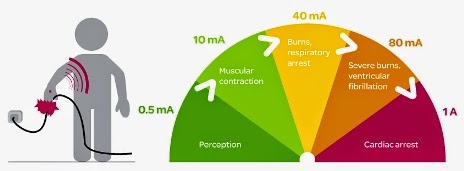
0 – 0.5 mA
Below the level of perception, usually resulting in no reaction.
0.5 mA – 5 mA
There are no dangerous physiological effects, a current of this order may state a person sufficiently to result in secondary injury due to falling, dropping items etc.
5mA – 10mA
produces the same effect as above but, in addition, the muscular reaction may cause an inability to let go of equipment.
In general, the female body is more susceptible to the condition than the male. Once current flow ceases, the victim can let go.
10mA – 40mA
10mA – 40mA produces severe pain and shock are experienced as current increases. Currents over 20 mA the victim may experience breathing difficulties with asphyxia if current flow is uninterrupted.
Reversible disturbance to heart rhythm and even cardiac arrests are possible at higher values of current and time.
40mA – 250mA
produces severe shock and possibility of non-reversible disturbances to the normal cardiac cycle, referred to as “ventricular fibrillation“, occur at this level.
The possibility of fibrillation increases as current and time increase. It is also possible to experience heavy burns or cardiac arrest at higher currents.
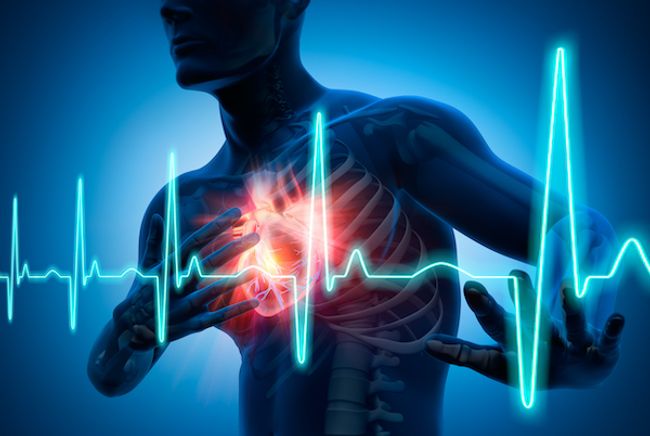
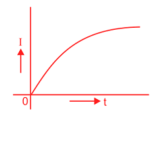
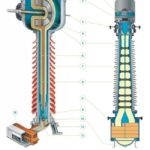

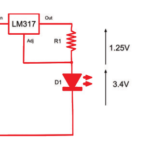

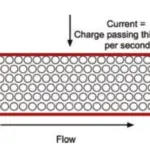
Comments are closed.